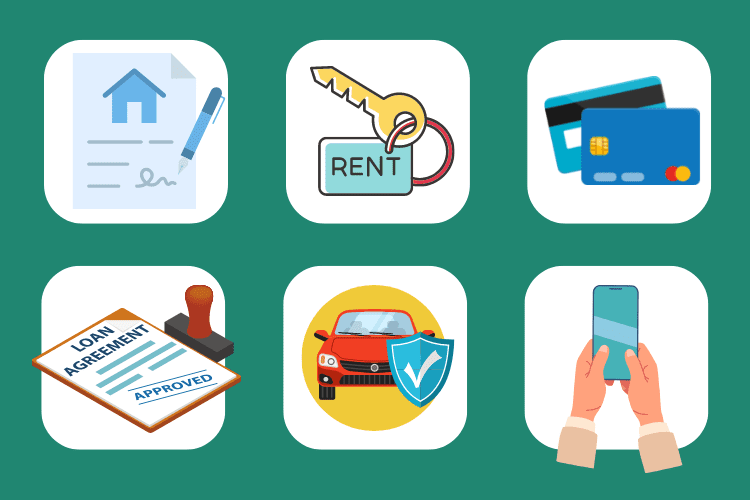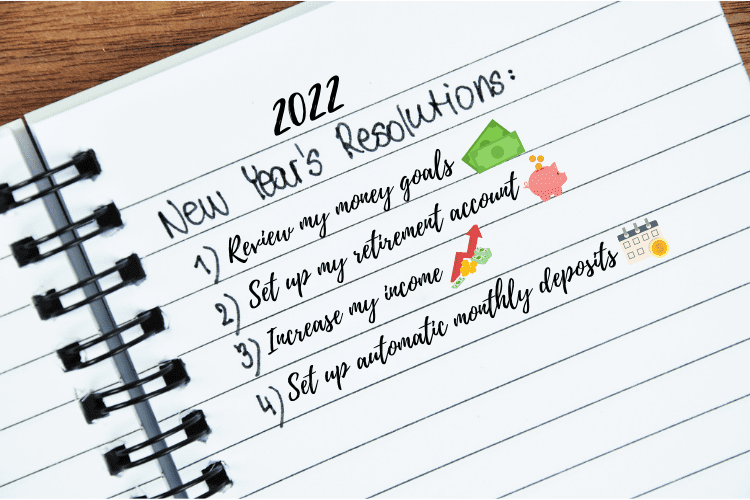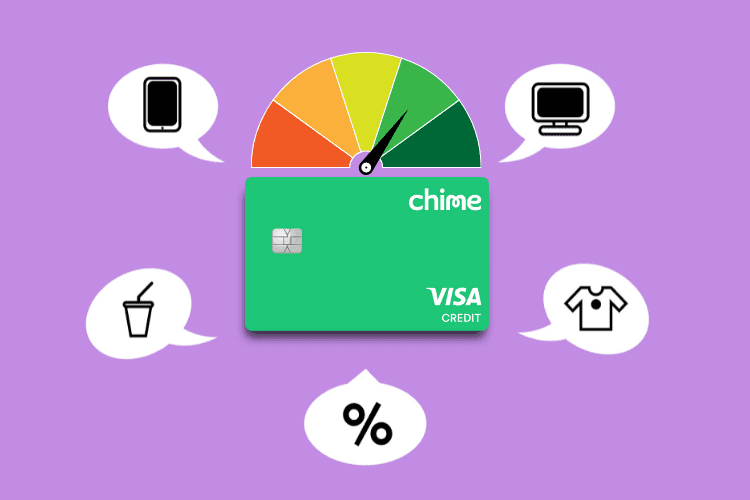How A Balance Transfer Can Lower Your Credit Card Bills

Is your credit card balance a mountain you feel like you’ll never manage to scale? If so, you’re in good company. The average American household has nearly $6,000 in credit card debit.
A balance transfer may be the answer you need to reduce those credit card bills and finally start to get on top of your debt.
What Is a Balance Transfer?
A balance transfer is a simple concept. You apply for a new credit card with a lower interest rate than your existing cards, then (once you get it), shift the sums you owe on the old cards over to the new card. You might be able to do this electronically; otherwise, you’ll just write a check on the new card account (supplied by the card issuer). This will pay off your existing cards and bring their outstanding balances to zero.
Even if you can’t pay off all the balance on the new card, the lower interest rate will help you pay less in interest on the same amount of debt. This may lower your monthly credit card payment and give you the opportunity to pay more each month to quickly pay down what you owe.
Since completing a balance transfer involves opening a new credit card, it’s best to meet these qualifications before applying:
- You have a good credit score, ideally 650 or above
- Your total debt is below 50% of your annual income
- You’re not behind on any debt payments
If you don’t meet these criteria, you could be denied by the credit card issuer.
What Types of Balances Can I Transfer?
A balance transfer doesn’t apply to every debt you have, but it’s helpful for many loans with monthly installments, such as for cars, appliances, and furniture.
For example, say you financed the furniture for your new apartment and owe $3,500 to the furniture store. If the interest rate offered on your new credit card is lower than the interest rate assigned by the furniture store, you can pay off your furniture with your new card. You’ll make monthly payments on your new card instead of to the furniture store and save yourself hundreds or thousands in interest payments as a result.
Taking Advantage of Promotions
Many credit card companies offer super-low, even “0% interest rate” or “0% APR”( Annual Percentage Rate) promotions to attract new customers; sometimes they’re specifically connected to transferring a balance. Basically, this means that during the period—usually six months or one year—that your card issuer offers its promotion, you won’t be charged any interest on the card, as long as you keep up timely minimum payments. This can not only save you thousands of dollars if you’re buried in significant debt, it can also encourage you to pay a bit more each month, to get the balance down sooner.
Bear in mind that balance transfers aren’t free; you’re usually charged a fee, a percentage of the transfer amount. Given that, you want the new card to have a standard APR that’s at least two to three percentage points lower than your current ones’, to make the costs of the transfer worthwhile.
Choosing the Best Balance Transfer Card
With so many cards available, which is the best for your balance transfer needs? Consider these factors:
- Exactly how long is the promo—when does the standard interest rate take effect?
- Do new card purchases affect the promo rate in any way?
- How long will the balance transfer take to complete?
- What is the balance transfer fee?
Of course, you’ll want this new credit card to be a good deal in other ways, too. Avoid those with high annual fees or regular APRs that are bigger than the current ones you pay.
Most of all, remember that a balance transfer just shifts and consolidates your debt; it doesn’t make your debt disappear. You can hang onto your old credit cards, but resist the urge to start spending freely with them again. Otherwise, you’ll be back on debt mountain—and it’ll have twin peaks this time, instead of just one.
Read about micro-investing and how to get started with our complete guide: Micro-Investing: What It Is, Why It’s for You and How to Start.










